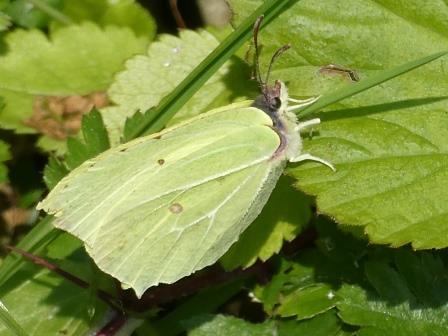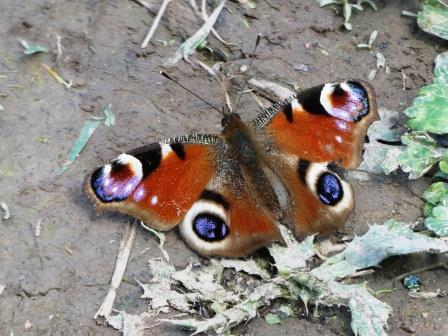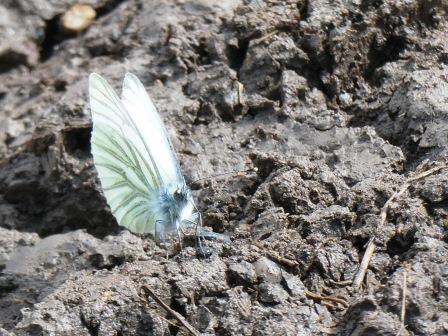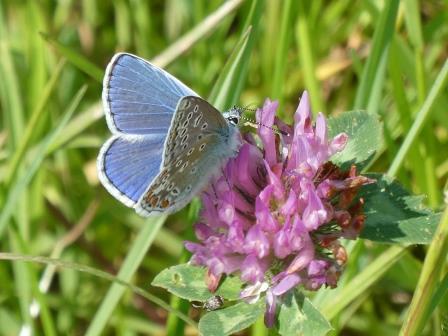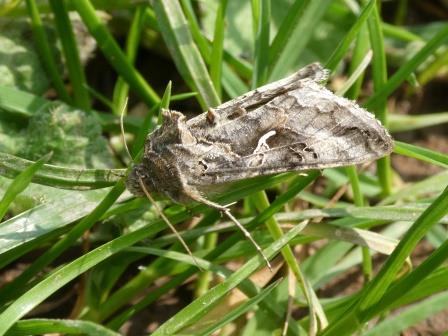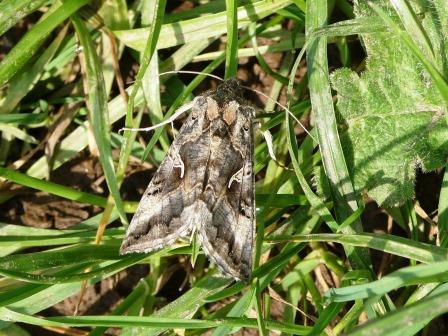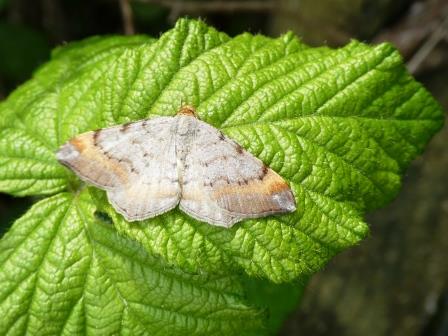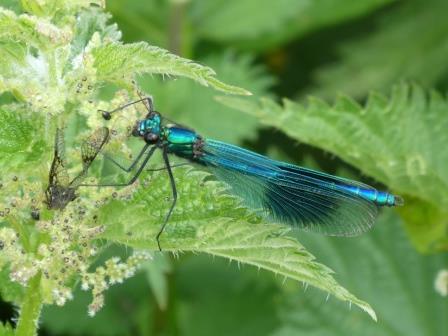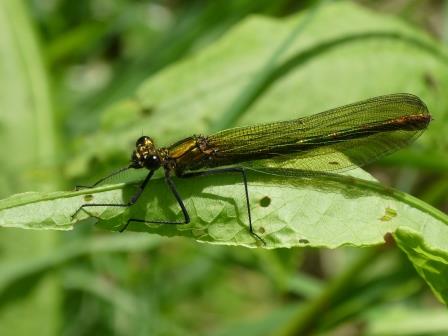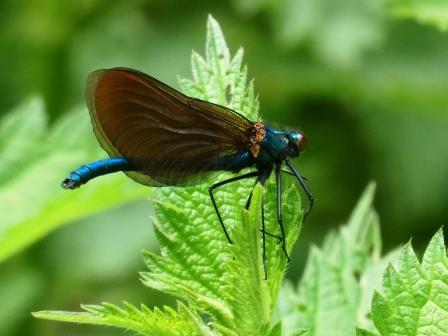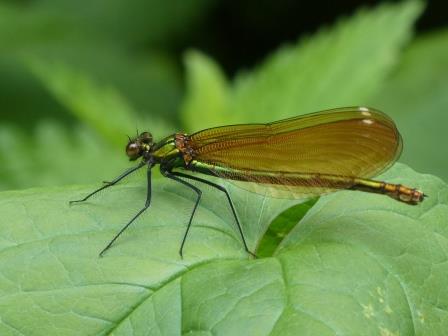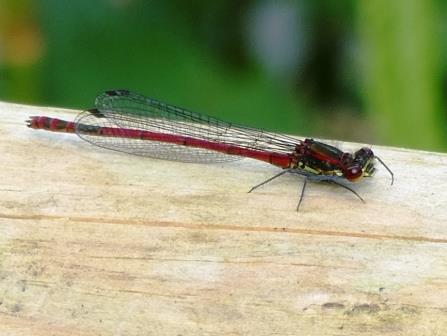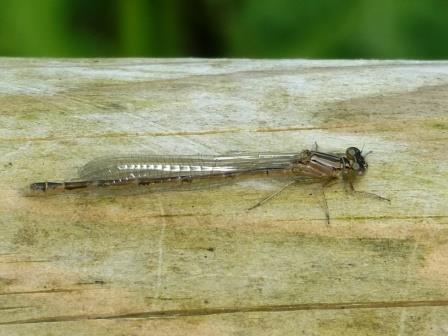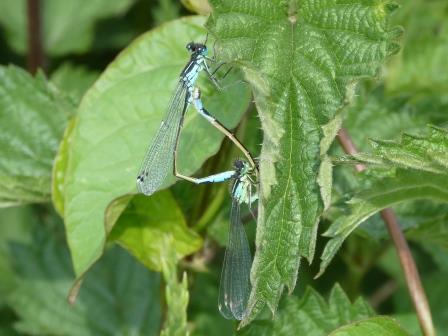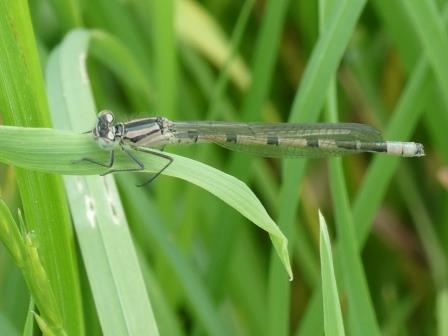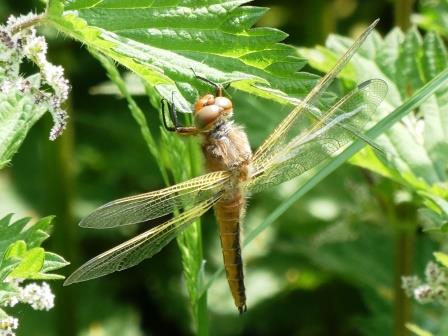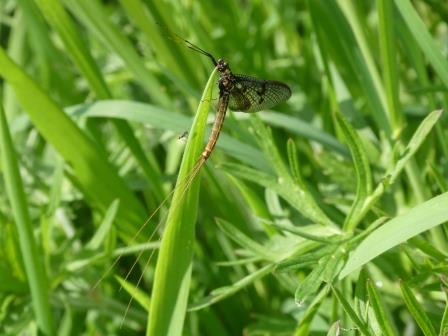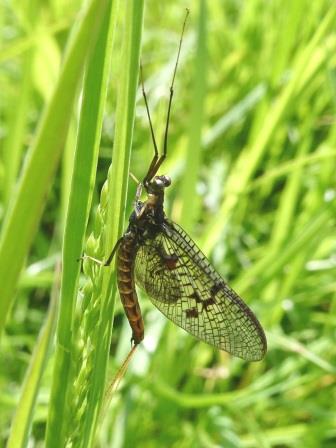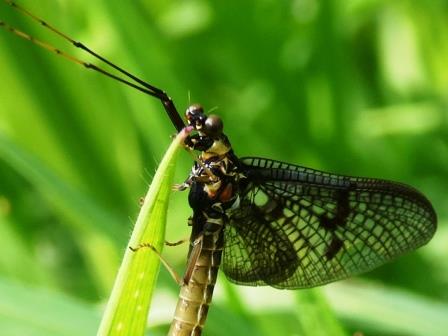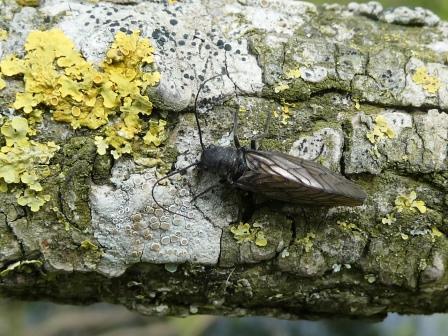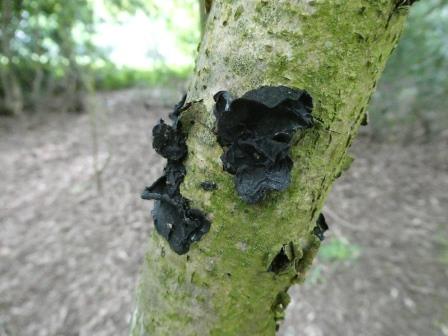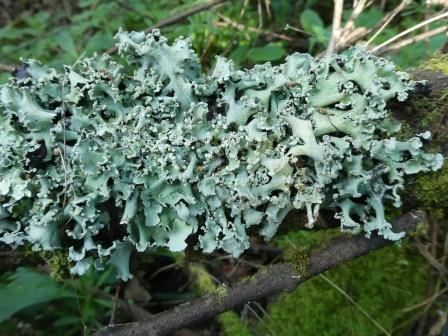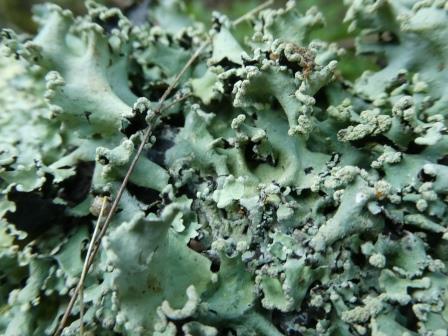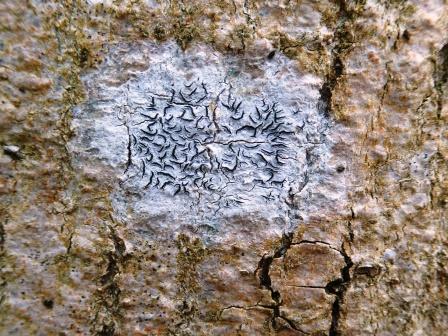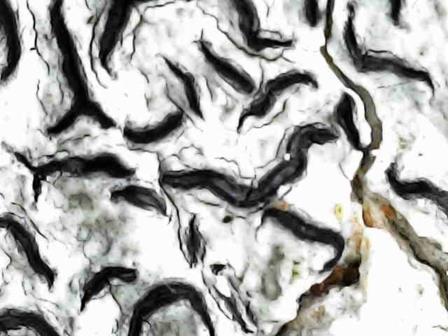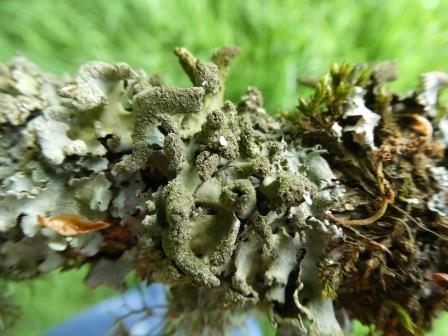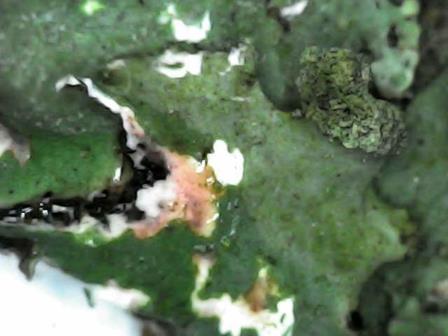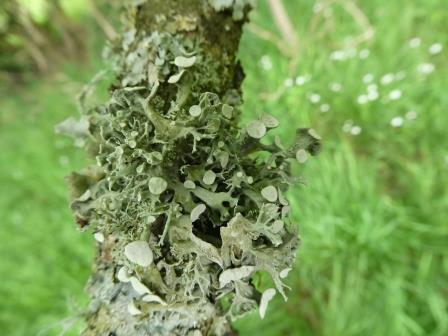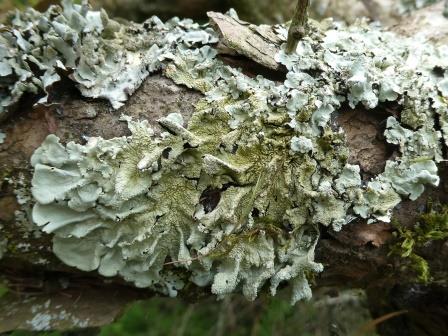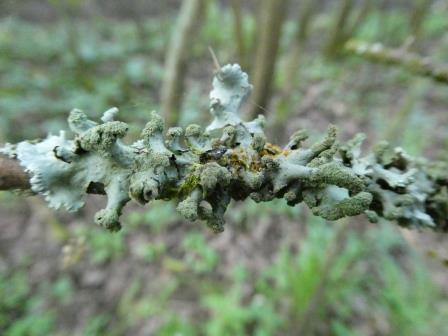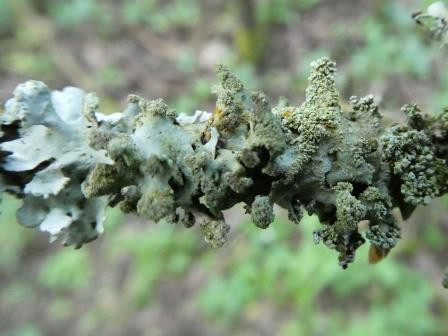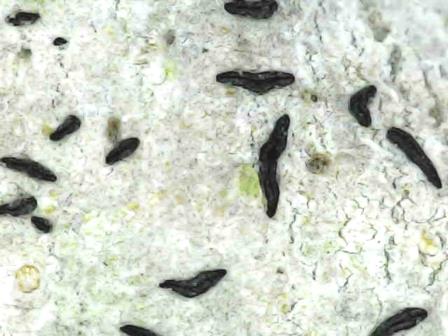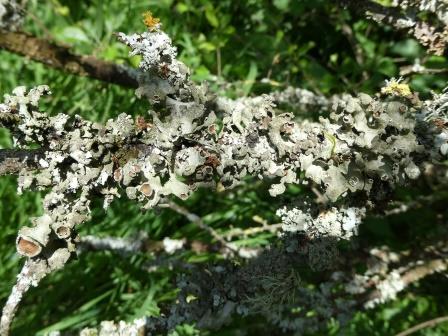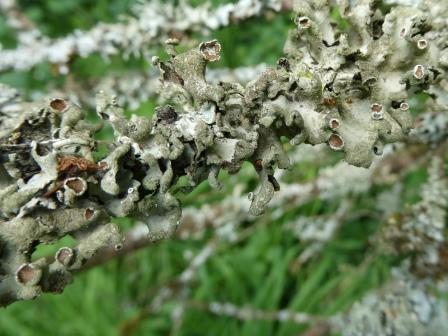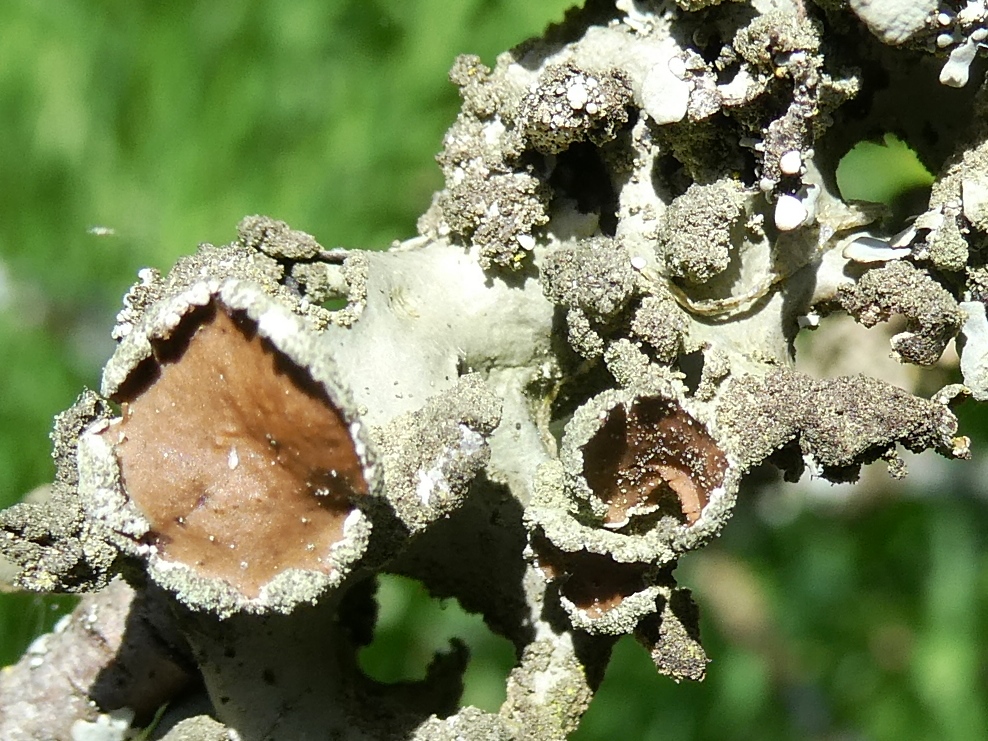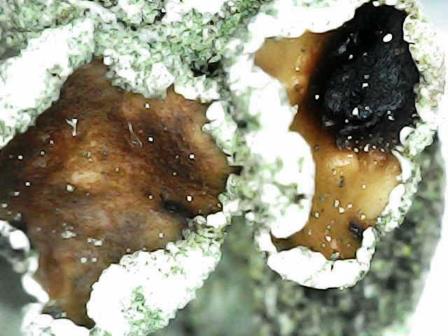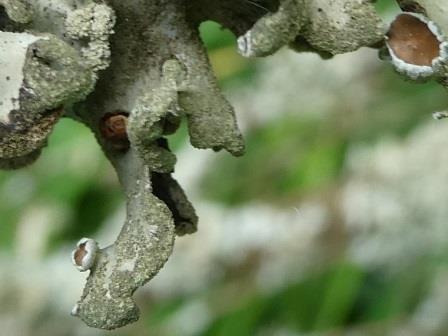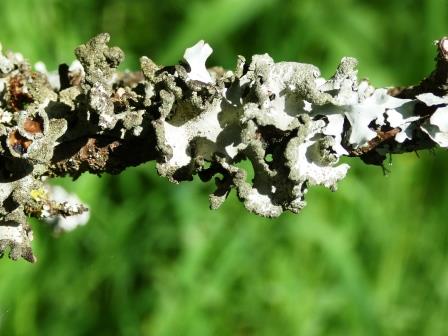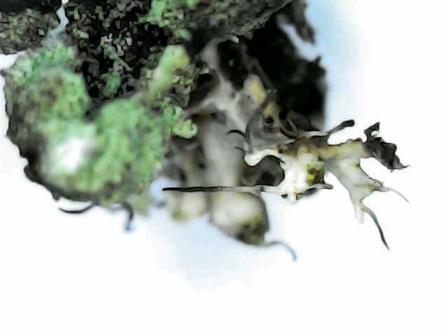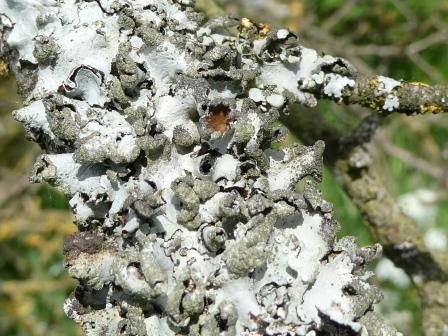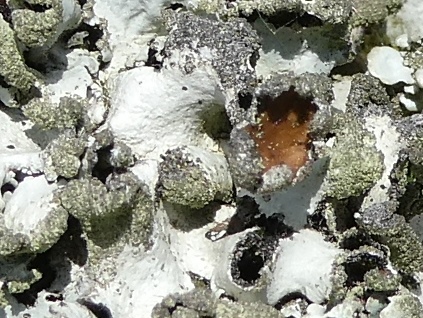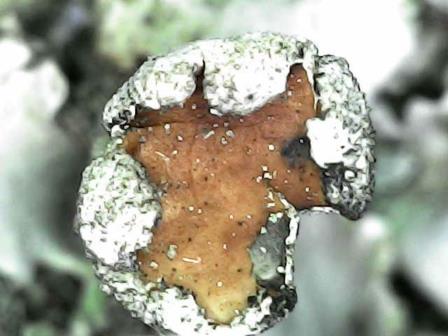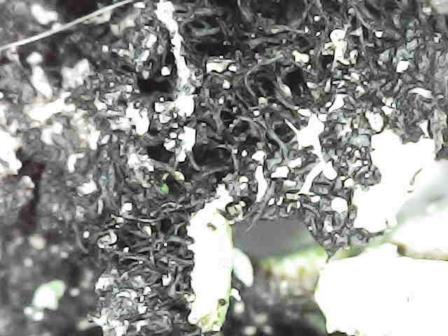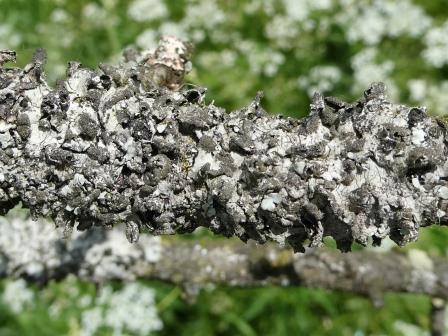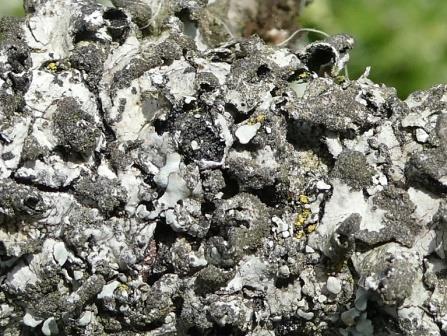Please refer to the Introduction Page to understand the context behind the monthly photographs.
Moths
The Silver Y Moth is a migrant species generally unable to survive in the UK in winter. Instead it migrates to North Africa and southern Europe. The moth is a strong flyer being often recorded in Iceland and Greenland.
In autumn the moths born in the UK head south for warmer weather in the countries their parents were born. It is thought they can tell North from South and are able to assess wind direction to carry out their migrations.
Every few years a mass movement occurs with up to a quarter of a billion arriving in the UK. These can quadruple over the summer months to give a southerly migration in the autumn of around a billion moths.
A species of coniferous woodland, the Tawny-barred Angle moth is fairly common throughout most of the British Isles.
It flies usually in June and July, but in the south there is a second brood in August.
Coniferous trees form the main foodplants, especially Scots pine (Pinus sylvestris).
Damselflies
Damselflies have an average life of one to two weeks with a maximum of eight.
Other Insects
The Common Mayfly is one of 51 species of mayfly in the UK, and is on the wing from April until September. Mayflies larvae spend their lives underwater, feeding on algae and plants. In the summer, the adults hatch out and they have very short lives (just hours in some cases), during which they display and breed.
The Alder fly is found near to water. The larvae are aquatic carnivores that live in the silt at the bottom of ponds and slow-flowing rivers. Adults can be seen in early summer, emerging and living for just for a few days in order to mate. Mating takes place at night and the females lay their eggs on vegetation overhanging the water. The larvae hatch and drop into the water where they develop over one to two years.
Lichen
Lichen are only recorded at each new OS Grid location (hover for Grid Ref). They are then entered on the British Lichen Society spreadsheet and submitted for their Warwickshire VC38 Lichen database and Lichen mapping.
The Hypotrachyna revoluta below at Location 3 has what is considered rare Apothecia (the raised brown fruiting discs). Marginal Cilia (edge hair like structures) were also detected which is also considered very rare. The tree branch twigs had at least 6 examples on different twigs all within close proximity.
Note also the black discolouring on one of the Apothecia (Close up 2) which is likely to be the result of a lichenicolous fungus.
VC33 - East Gloucestershire - Lichen
Ones that escaped the camera lens this month
a) Red Admiral Butterfly
b) Emperor Dragonfly
c) Holly Blue Butterfly
